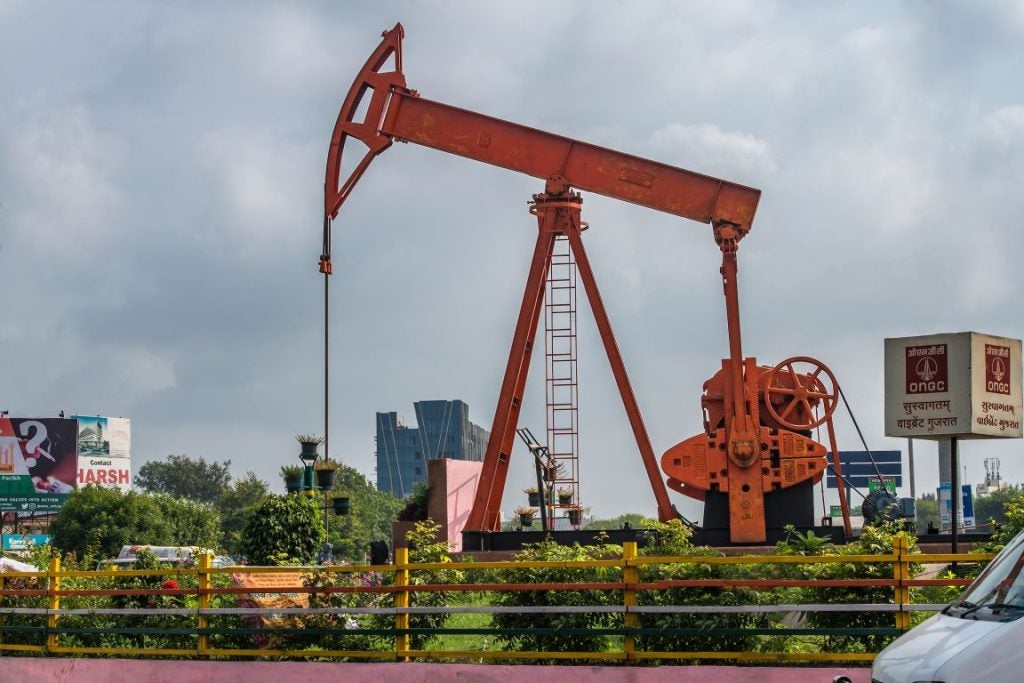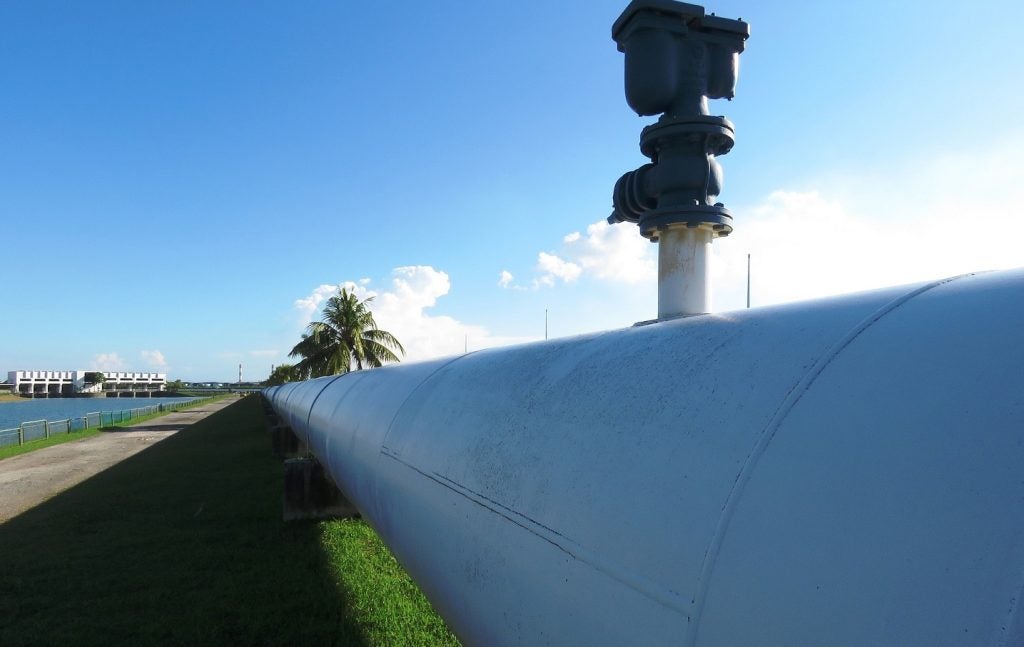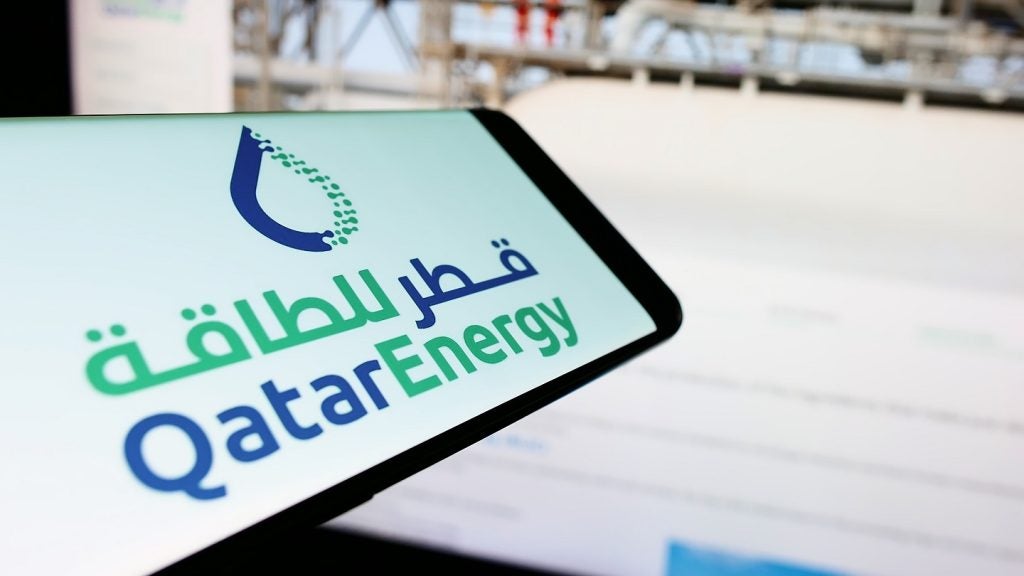India is forecast to be the single-largest source of global oil demand growth from 2023 to 2030, narrowly ahead of China, the IEA said in its latest oil report on Wednesday.
Indian oil companies are making significant investments in refining to meet increasing demand for oil in the country. The IEA’s forecast suggests that the country’s demand will reach 6.6 million barrels per day (mbbl/d) in 2030, up from 5.5mbbl/d in 2023.
“India’s oil consumption is set to increase faster than other countries’ [because the] country is still in the initial stages of economic development,” the agency said.
In the next seven years, India plans to add 1mbbl/d of new refinery capacity – the second highest globally after China – to its current capacity of 6.8mbbl/d.
According to the report, demand for jet kerosene in India is expected to grow strongly at an average rate of 5.9% per year. However, this growth is from a low base compared with other countries.
On the other hand, gasoline demand is projected to grow at an average rate of just 0.7%. This is due to the increasing trend for electrification of vehicles in India, the IEA suggests.
In October, the IEA said that global oil demand would peak this decade at around 102mbbl/d and stay at that level for two more decades, Offshore Technology reported.
Rise in biofuel demand in India
In a separate analysis also released on Wednesday, the IEA said it expects India’s demand for biofuels to increase by nearly 30% over the next five years to 38 billion litres. Biofuels are an alternative fuel to oil in transport and heating, for example.
Total biofuel demand will increase 23% to 200 billion litres by 2028, the IEA suggests, “with renewable diesel and biojet accounting for almost half of this growth with the remainder coming from ethanol and biodiesel”.
Over the past five years, domestic ethanol production in India has tripled, making it the third-largest producer and consumer of ethanol globally.
“Biofuels will play a major role in India’s efforts to decarbonise its transportation and heating sectors as well as enhance its energy security policy with affordable energy supplies,” the agency said.
India, the world’s second-largest crude oil importer in 2023, has increased its oil imports by 36% over the past decade to 4.6mbbl/d. Action to sustain supplies in case of market disruptions has gained additional momentum of late due to the energy crisis and the Russian invasion of Ukraine.
“India needs to enhance its capacity to respond to possible oil supply disruptions by implementing and strengthening its SPR [Strategic Petroleum Reserve] programmes and improving oil industry readiness,” the IEA said on Wednesday.
As per the recent available data, the agency estimates that Indian oil stocks amounted to 243 million barrels, with 26 million held at SPR sites and industry storing the remainder. “This equates to 66 days of net imports,” said the IEA. Despite growing demand for biofuels, it expects increasing Indian oil import requirements to 2030 and beyond.















